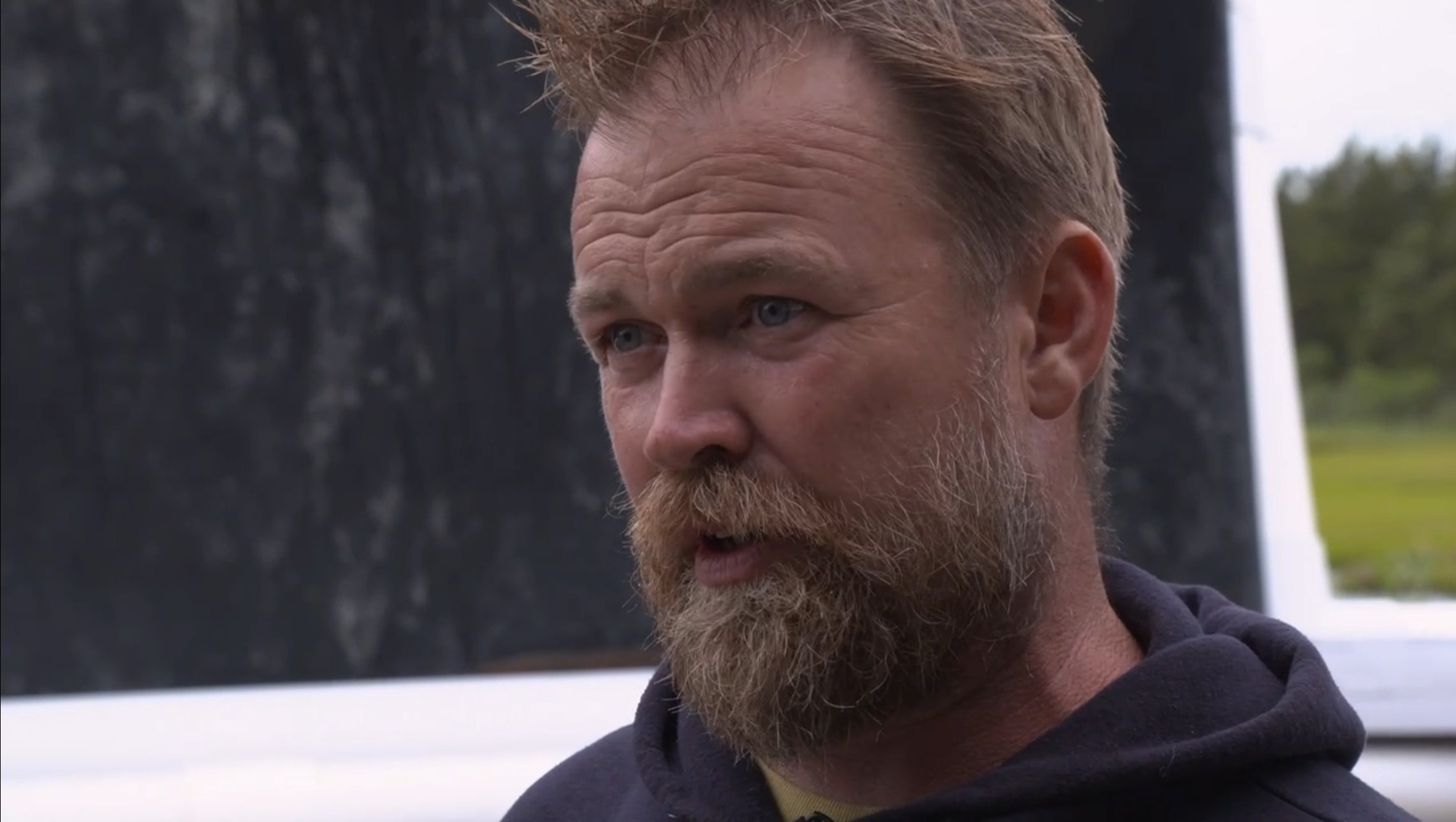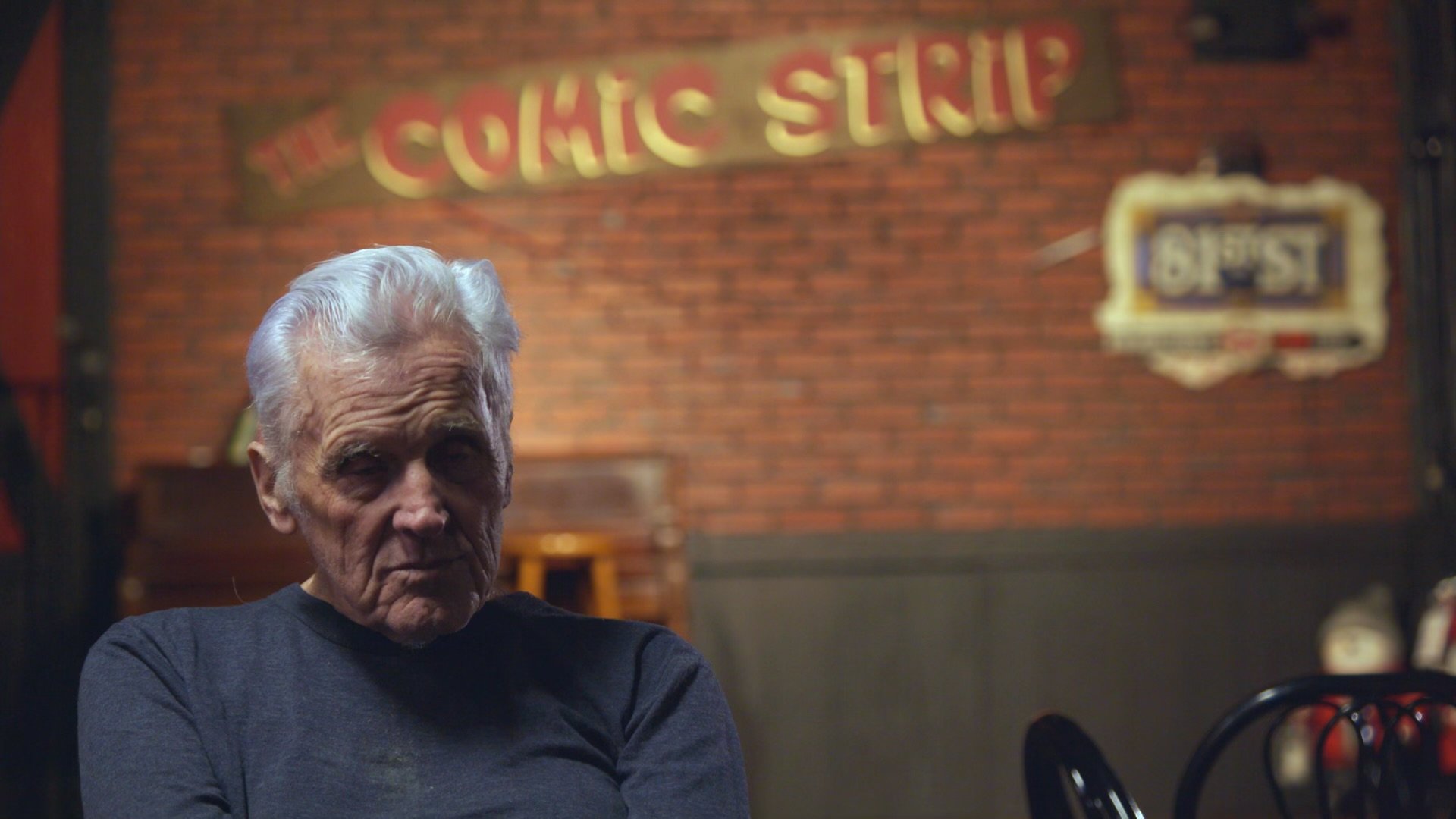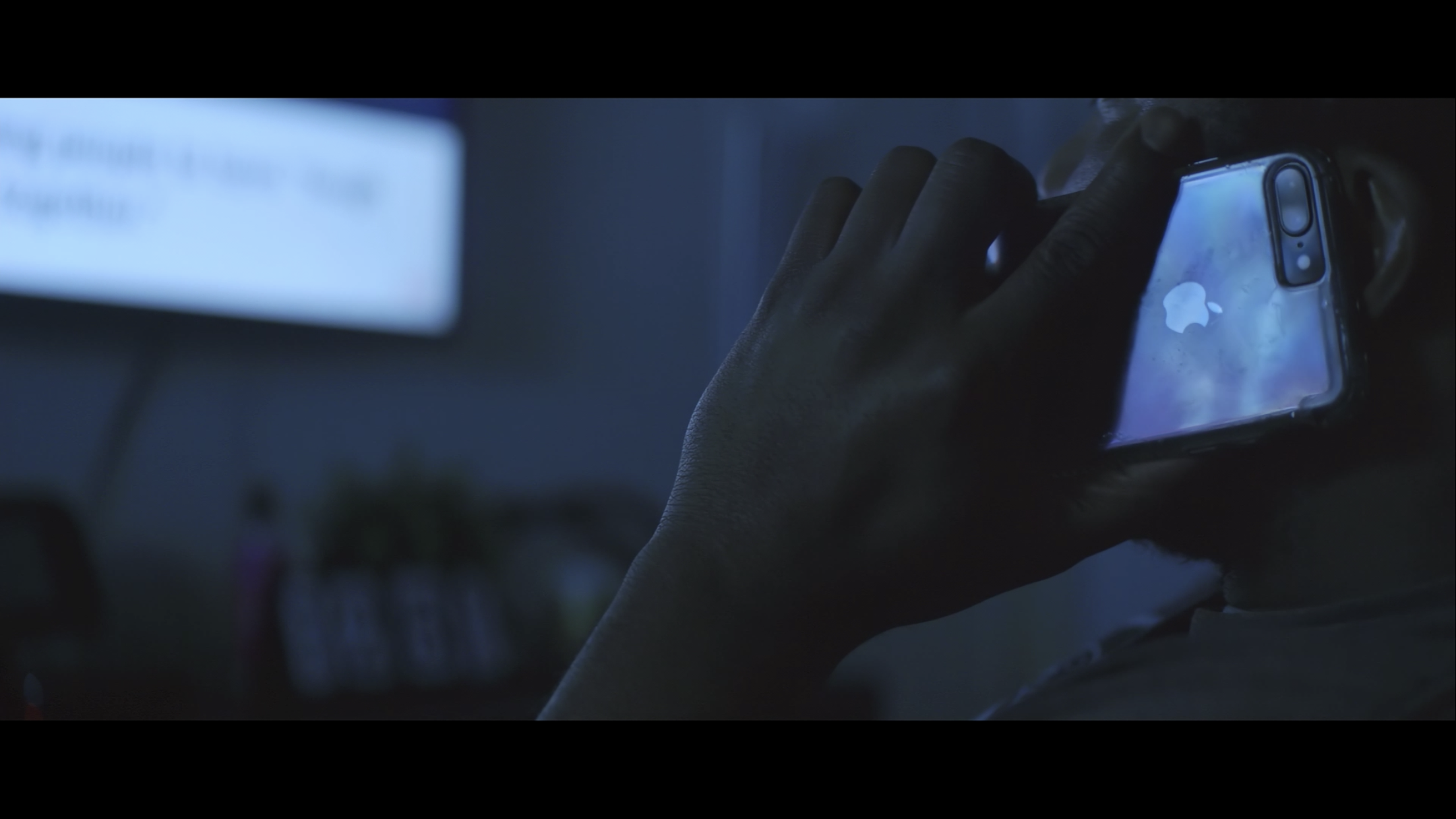Enhance Your Documentary with Creative Techniques – Ideas and Examples
A still from a PBS documentary on surfclams. Baynes | NJ Spotlight News
When making short films and movies, how things look is very important. This includes using leading lines, different aspect ratios, and depth of field. These same ideas should also be used in documentaries. However, when filming real events, it's not always possible to focus on how things look. But there are many creative tricks that can make your documentary more interesting and add depth to the story.
Documentary films have changed a lot in the past few decades. They used to be simple with just interviews and footage, but now they are more interesting and complicated, approaching cinematic visuals and sound design. When it comes to making documentaries, there are lots of different ways to tell a story. For example, the documentary OG Certified with Dehaven Irby uses uncommon interview setups and methods to bring viewers into the series story. In one of the interview scenes, Dehaven is engaged in an animated conversation with a shop owner. Instead of the traditional seated arrangement, they both lean casually against a display case, creating a relaxed and informal atmosphere. The foreground of the frame is dominated by the shop owner’s body, intensifying the intimacy of the conversation and drawing the viewer deeper into the exchange.
Unique interview framing in a scene from OG Certified with Dehaven Irby. Baynes | Industry Labs
An extreme close up was employed for an intimate and unique perspective for a scene in Marcy Made. Baynes | Industry Labs
I think this looks great. What do you think? I chose this direction because the topic was important, and I wanted to grab the viewer's attention with the visuals. I used green and light blue to create a sense of calm, and red to grab attention and evoke strong emotions. I deliberately chose an environment with these colors. The setup was spontaneous, but I planned it to evoke specific emotions. The documentary Marcy Made explores Dehaven's relationship with Jay Z and how they drifted apart due to drug-related issues. Using unique setups for interviews gives viewers a deeper understanding and reflects the testimonies. Isn't this what thinking creatively means?
Consider framing?
Consider changing how you film interviews by adjusting the frame, such as experimenting with different angles and distances to add variety and depth to the storytelling. Use diverse visual concepts, like lighting and composition, to craft a narrative that captivates the audience. Always keep in mind that the way you film significantly influences the viewer's perception and engagement with the content.
Still from an untitled documentary about Richie Tienken, owner of the legendary Comic Strip Live comedy club. The contrast heavy scene evokes a grim mood. Baynes | Industry Labs
Incorporating reenactments to enhance the storytelling and elicit emotional engagement
Sometimes, in the absence of sufficient captured video or old footage, it can be challenging to put the puzzle of the story together. And at times, it can be hard to find important people from the story. When faced with this predicament, the best course of action is to reconstruct the story to the best of our ability. This approach immerses viewers in an experience akin to a cinematic production, vividly illustrating the unfolding events. Not only does this technique enhance the overall storytelling experience, but it also offers invaluable insight into the motivations and experiences of the central character. In certain instances, documentarians take a stride further by integrating sequences shot in a fictional style, featuring actors and carefully staged scenes. This amalgamation of factual storytelling and dramatic re-enactments creates a docudrama, offering a unique blend of authentic documentary footage and compelling dramatizations.
A reenactment of an event in the documentary Marcy Made. Baynes | Industry Labs
Every frame tells a story
When making a documentary, it's crucial to remember that the filming techniques and style you choose should always serve to enhance and support the story or message you want to convey. Taking the time to carefully consider how you frame your shots is essential because even the smallest adjustment can yield a significant impact on the overall narrative. It's important to always prioritize your story, even during the filming of secondary footage or b-roll, as it all contributes to the cohesive storytelling experience. The examples in this article show how to make your documentary more interesting. I hope this will inspire your own work and in the end, any creative idea that helps the story is valuable.





